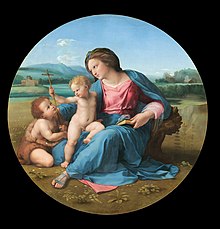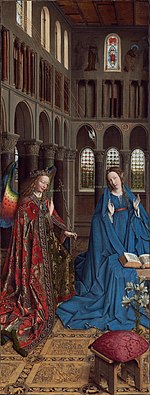Boris Legran

Boris Vasilyevich Legran or Legrand (
He also was the director of the
Biography
Legran was born into the family of a
Legrand was appointed head of the Soviet consulate in Harbin in 1926, but was recalled the following year, after being reprimanded for his performance at the consulate by the Central Committee.
In 1931 Legran was appointed director of the
Legran died in Leningrad in 1936 at fifty-two.
State Hermitage Museum


In 1931 Legran was appointed to run the
Legran's three years in office are remembered for the
During his time, some innovations were adopted. For instance, he introduced the so-called music exhibitions, a product of his work with S. Ginzburg. Also, in 1934, he provided for the development and transfer to the Hermitage museum of methodologies for restoring especially complicated metal objects. This was done through an agreement signed with the "State Academy of the History of Material Culture". A dedicated laboratory was provided and fully equipped for this purpose - the forerunner of today's restoration laboratory for works of applied art.
As director of the Hermitage, Legrand unyieldingly followed the principles of revolutionary art, striving to present luxurious works of art from bygone eras as evidence of the exploitation of the people by the tsarist regime. For the sake of the "political reconstruction" of the museum, the publishing activity was also rebuilt.[1] On the basis of the so-called Marxist-Leninist methodology, Legrand published in 1934 the book The Socialist Reconstruction of the Hermitage.
References
- ^ "Reality and Socialist Realism: The Hermitage in 1917-1941". Archived from the original on 31 July 2003.
- The State Hermitage Museum: Calendar at hermitage.museum.ru - Boris B. Piotrovsky Hermitage Memorial Readings,15 February 2006 - Afternoon Session - paper by E.V. Pavlova - "Socialist Reconstruction" under B.V. Legran and I.A. Orbeli. From the History of the Hermitage Exhibition. 1932–1937."
- The State Hermitage Museum: Information at hermitagemuseum.org - "Laboratory for scientific restoration of works of applied art" - introduction
- The State Hermitage Museum: Hermitage History at www.hermitagemuseum.org - Sale of Hermitage collections during Legran's time
- [1] at www.bogdinst.ru
